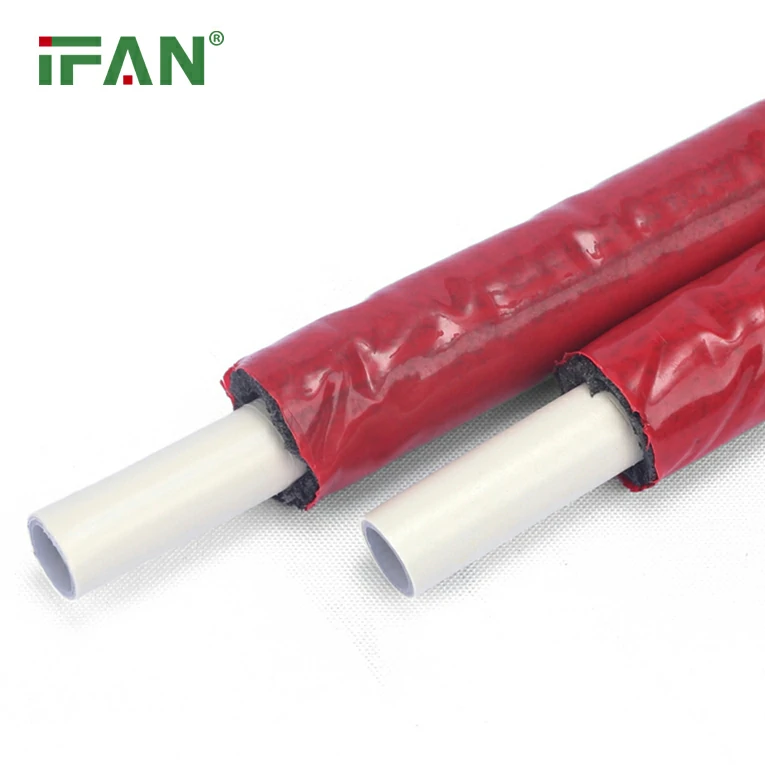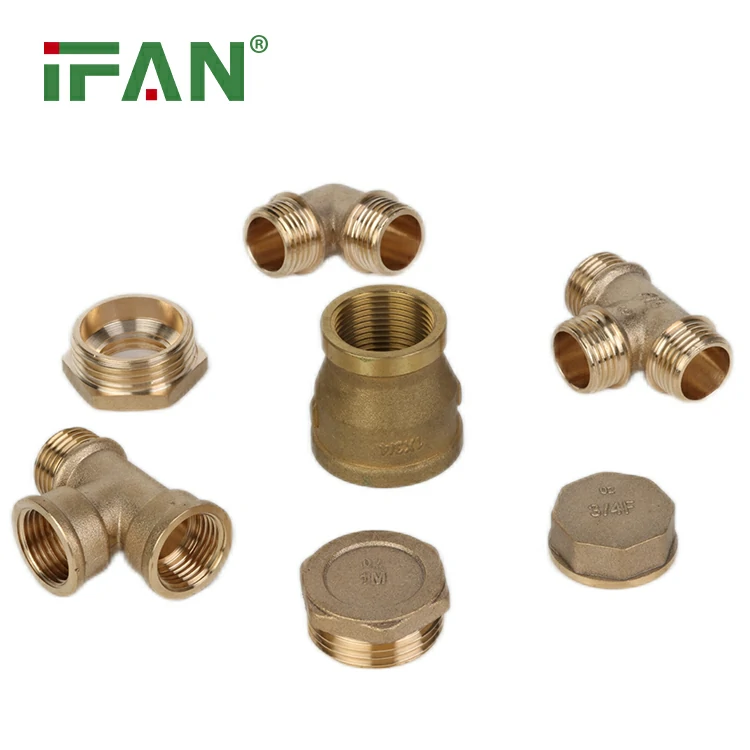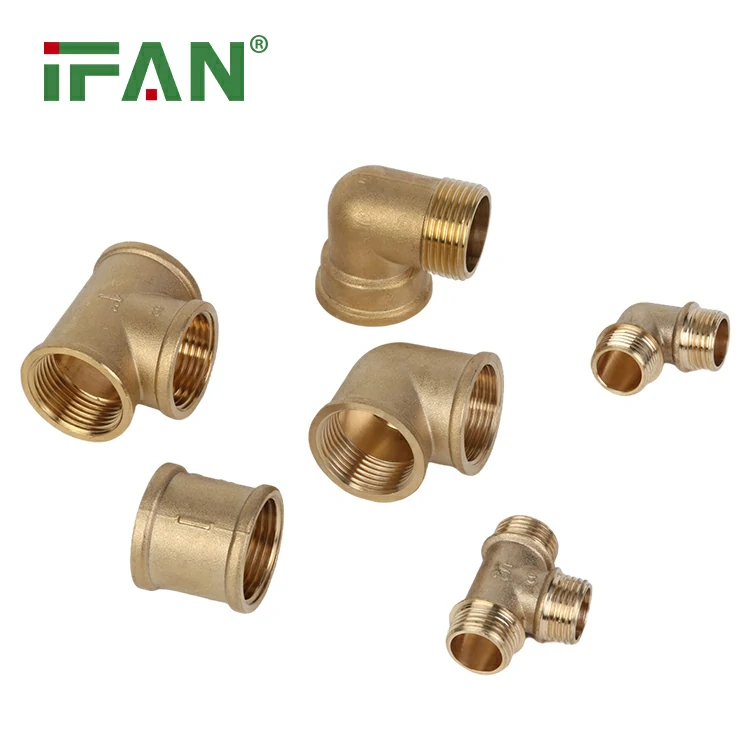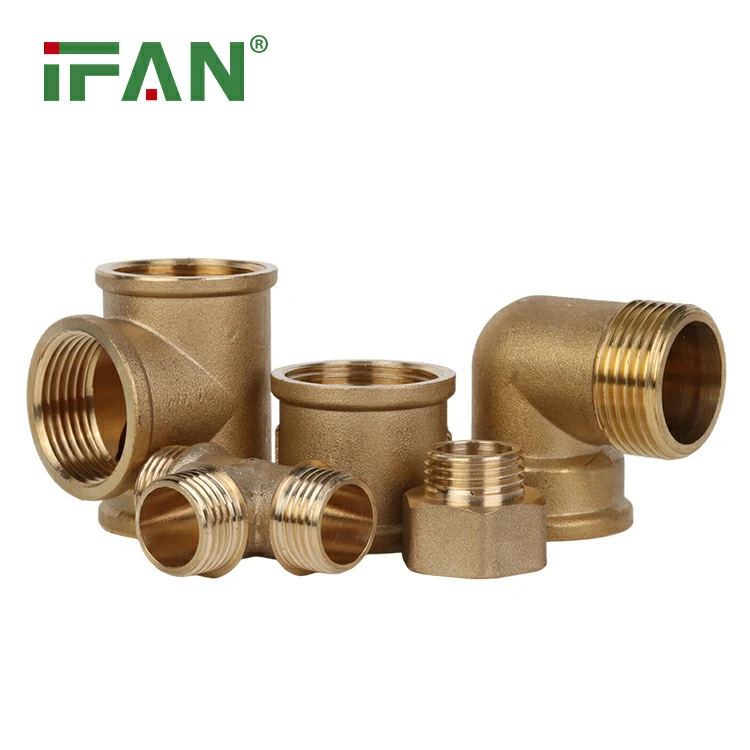PEX (cross-linked polyethylene) pipes have become increasingly popular in plumbing systems across residential and commercial properties. However, with any material that gains popularity, myths and misconceptions can arise. This article aims to address common questions and clarify myths surrounding PEX pipes, providing a comprehensive understanding for homeowners, builders, and plumbing professionals.

Understanding PEX Pipe
What is PEX Pipe?
PEX pipe is made from cross-linked polyethylene, a flexible and durable plastic material used in various plumbing applications. PEX offers several advantages over traditional piping materials like copper and PVC, including greater flexibility, resistance to corrosion, and ease of installation.
Key Features of PEX Pipes
- Flexibility: PEX can bend and curve, making it easier to install in tight spaces.
- Corrosion Resistance: Unlike metal pipes, PEX does not rust, ensuring longevity.
- Temperature Tolerance: PEX can withstand both hot and cold temperatures, making it versatile for various applications.
- Low Thermal Conductivity: This helps retain heat, reducing energy loss in hot water systems.
Addressing Common Questions About PEX Pipe
1. Is PEX safe for drinking water?
Answer: Yes, PEX piping is safe for drinking water when manufactured according to industry standards. Look for PEX products that have been certified by organizations such as NSF International. These certifications ensure that the material meets safety guidelines for potable water use.
2. How long does PEX pipe last?
Answer: PEX pipes are designed to last between 25 to 50 years, depending on various factors such as installation quality, water quality, and environmental conditions. Proper installation and maintenance can significantly extend the lifespan of a PEX plumbing system.
3. Can PEX be used for hot water?
Answer: Yes, PEX is well-suited for both hot and cold water applications. However, it’s essential to use the correct type of PEX for specific applications. PEX-A and PEX-B are commonly used for hot water because they can withstand higher temperatures.
4. Is PEX pipe resistant to freezing?
Answer: PEX pipe has a unique property that allows it to expand slightly when water freezes, reducing the risk of bursting. However, while PEX is more resistant to freezing than copper, it’s still advisable to insulate pipes in areas prone to severe cold.
5. Does PEX emit harmful chemicals?
Answer: PEX itself does not emit harmful chemicals under normal conditions. However, it’s crucial to ensure that PEX products are certified for low levels of volatile organic compounds (VOCs) and to follow proper installation guidelines to minimize any potential issues.
Common Myths About PEX Pipe
Myth 1: PEX Pipe is Cheap and Low-Quality
Reality: While PEX is often more affordable than copper, this does not mean it is low-quality. PEX is engineered for durability and performance in plumbing applications. Its lower cost is primarily due to easier installation and reduced labor expenses, not a compromise in quality.
Myth 2: PEX Cannot be Used in Walls
Reality: PEX can be installed in walls, and many contractors use it this way. However, it should be protected from UV exposure if it is not insulated. When installed correctly, using proper fittings and following local building codes, PEX is safe for use within walls.
Myth 3: PEX Pipes Will Not Hold Up in Extreme Temperatures
Reality: PEX pipe is designed to handle a wide range of temperatures. Although it’s best suited for temperatures between 0°F and 200°F, it can withstand brief exposure to higher temperatures without being damaged. That said, proper insulation and installation are essential in extreme environments.
Myth 4: All PEX Pipes are the Same
Reality: There are three types of PEX pipes: PEX-A, PEX-B, and PEX-C, each produced through different processes. PEX-A typically offers the most flexibility, while PEX-B is more rigid but cost-effective. It is essential to choose the right type based on the requirements of your plumbing system.
Myth 5: PEX Pipes are Only for Residential Use
Reality: While PEX is widely used in residential plumbing, it is also suitable for commercial and industrial applications. Its resistance to corrosion and ability to handle temperature fluctuations make it a versatile option for various installations.
Benefits of Using PEX Pipe
To further understand the advantages of PEX pipes, here are several key benefits:
1. Easy Installation
The flexibility of PEX allows for simpler and quicker installation compared to rigid pipes. Less time spent on installation translates to cost savings for homeowners and contractors.
2. Reduced Risk of Leaks
The continuous nature of PEX piping and fewer fittings diminish the chance of leaks, which is often a significant concern in traditional plumbing systems.
3. Lower Energy Costs
PEX’s insulation properties help maintain water temperature, contributing to lower energy bills for heating systems.
4. Versatile Applications
PEX can be used for a variety of plumbing applications, including water supply lines, radiators for heating systems, and even snow melting systems for driveways.
Installation and Maintenance Tips for PEX Pipes
1. Planning Your Layout
Before installing PEX pipes, carefully plan your plumbing layout to minimize the number of fittings and ensure the best flow of water.
2. Use the Correct Size
Choosing the right size of PEX pipe is crucial for optimal performance. Standard sizes include 1/2 inch, 3/4 inch, and 1 inch, depending on the application.
3. Insulate Pipes in Freezing Areas
For regions that experience extremely cold temperatures, consider insulating your PEX pipes to protect against freezing.
4. Regular Inspections
Conduct periodic inspections of your plumbing system to check for any signs of wear or leaks, ensuring long-term performance and integrity.
Conclusion
As PEX pipes continue to gain traction in plumbing systems, it is vital to address common questions and myths associated with this innovative material. By understanding the benefits and best practices associated with PEX, homeowners and professionals can make informed decisions about their plumbing projects. With proper installation and maintenance, PEX pipes can offer a durable, reliable, and efficient solution for all your plumbing needs.
Frequently Asked Questions (FAQs)
- Is PEX pipe safe for drinking water?
- Yes, PEX pipe is safe for drinking water when manufactured according to industry standards. Look for certifications from NSF International or similar organizations.
- How long can PEX pipes last?
- PEX pipes can last between 25 to 50 years, depending on factors like water quality, installation, and environmental conditions.
- Can PEX pipes be installed outdoors?
- PEX should not be directly exposed to sunlight, as UV rays can degrade the material. When installed outdoors, it should be insulated or covered.
- Is PEX cheaper than copper?
- Yes, PEX is generally more affordable than copper pipes, both in terms of material and installation costs.
- Can PEX be used for radiant heating?
- Yes, PEX is an excellent choice for radiant heating systems due to its ability to handle temperature fluctuations and its flexibility for installation.
By debunking myths and addressing customer concerns, we can foster a better understanding of PEX pipe as a viable option in modern plumbing applications. Its versatility, cost-effectiveness, and durability make it a leading choice for homeowners and contractors alike.






